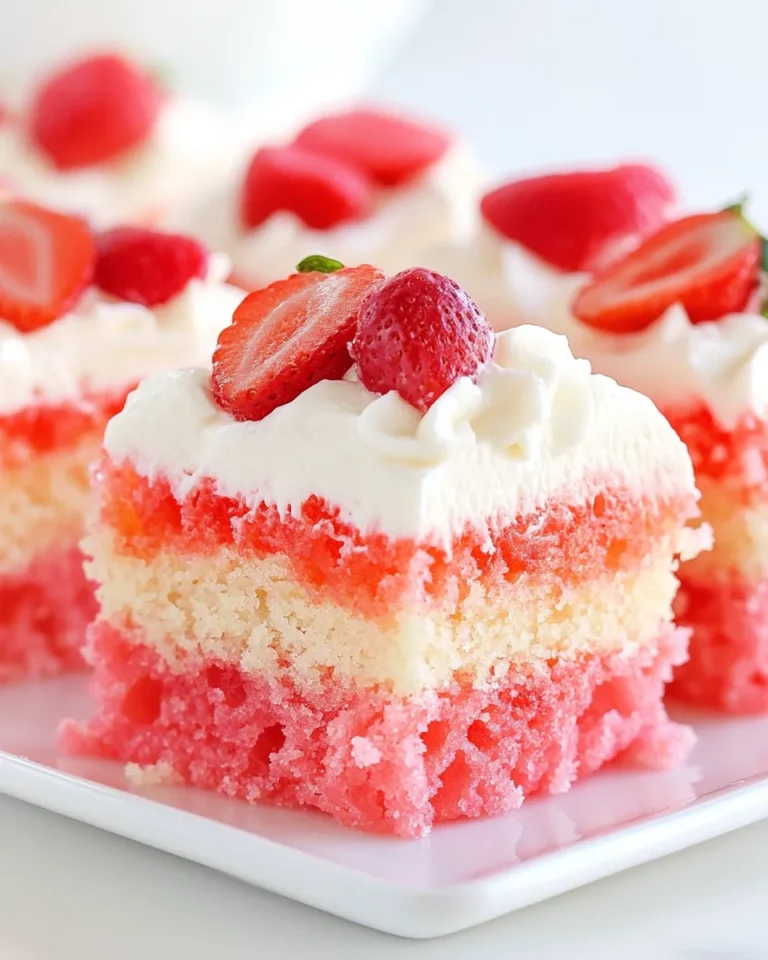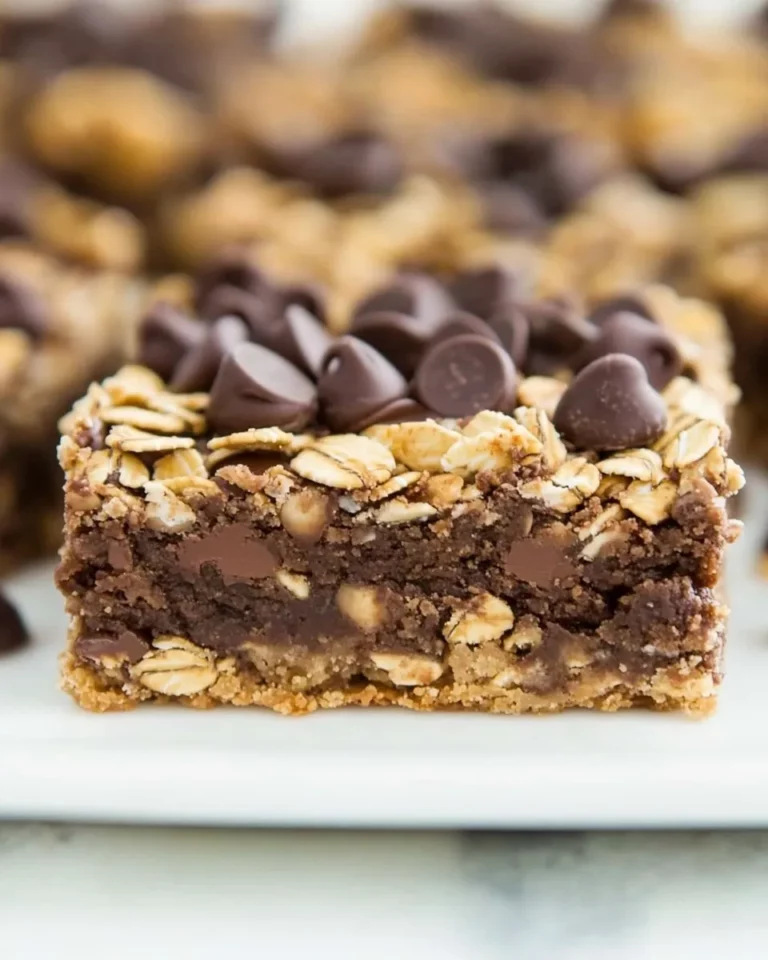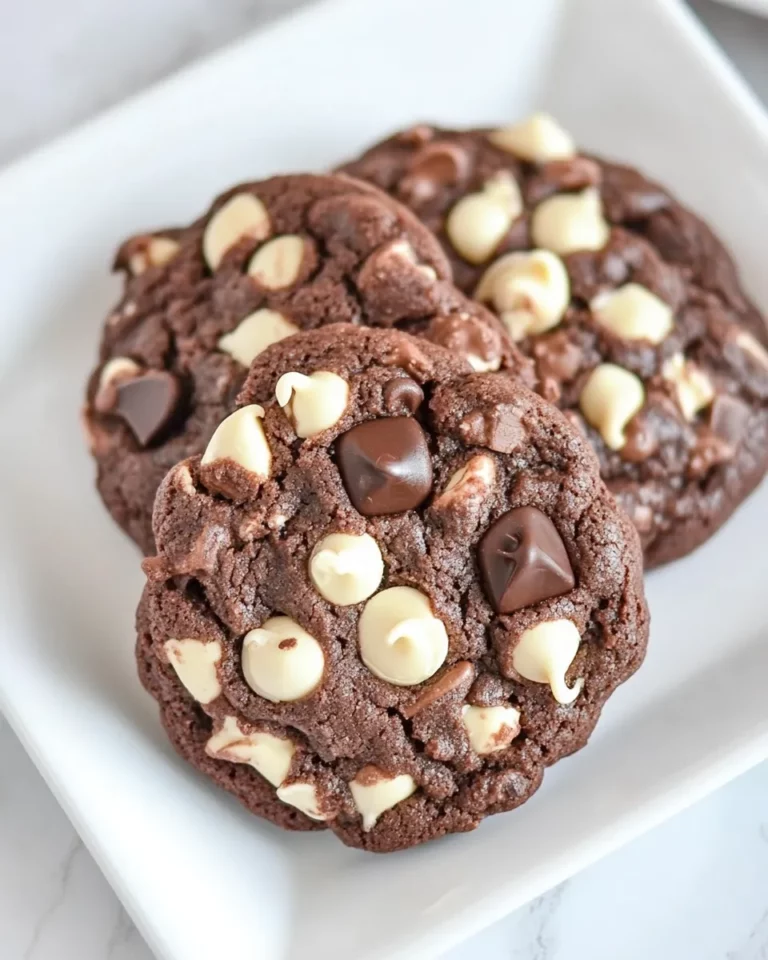Sunflower Butter
Sunflower Butter is a delightful, creamy spread that offers a fantastic alternative to traditional nut butters. Made from simple, wholesome ingredients, this homemade sunflower butter is packed with rich flavor and a smooth texture that’s perfect for everything from sandwiches to smoothies. Whether you’re looking for a nut-free option or just want to try something new, this recipe is straightforward, versatile, and absolutely delicious. Let’s dive into what makes this sunflower butter recipe a must-try for your kitchen.
Why This Sunflower Butter Stands Out
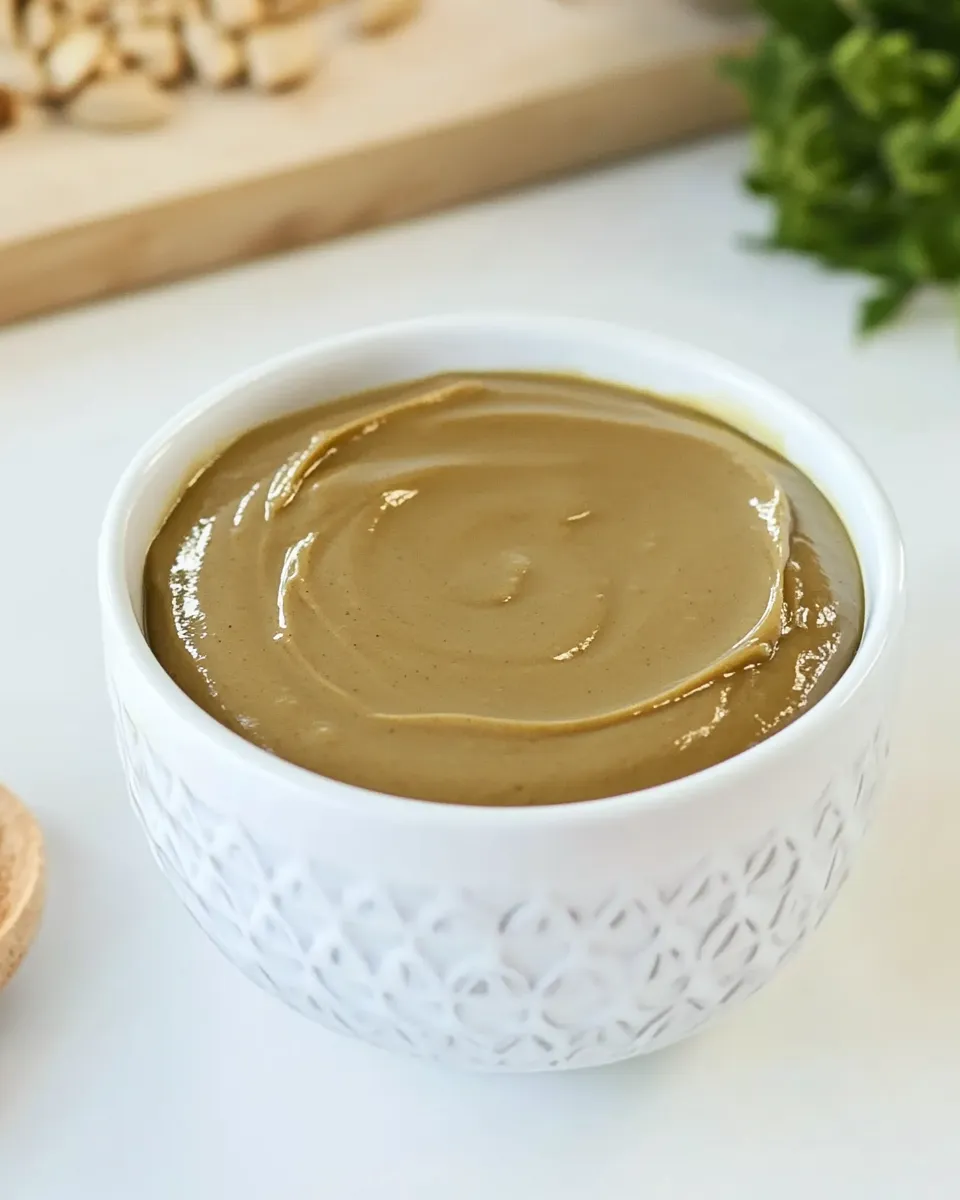
This sunflower butter recipe stands out because it perfectly balances natural nuttiness with a touch of sweetness and a hint of salt. Using raw unsalted sunflower seeds as the base means you get full control over the flavor, texture, and freshness. We add just enough high-oleic sunflower oil to achieve that creamy consistency without it being too oily or runny. The honey (or maple syrup/agave for a vegan twist) adds a subtle sweetness that enhances the natural flavors without overpowering them. The result is a luscious spread that’s smooth, rich, and incredibly satisfying.
Most store-bought versions can be overly processed or loaded with unnecessary additives, but making your own sunflower butter ensures you know exactly what’s going into it. Plus, it’s customizable — add more or less honey, adjust the salt, or experiment with the oil until it suits your taste perfectly. It’s also a fantastic option for those with nut allergies or anyone seeking a nutritious, wholesome spread.
What We’re Using
- 4 cups raw unsalted sunflower seeds, shelled – This is the heart of the recipe. Using raw seeds allows you to toast them for a deeper flavor or use them as is for a mild, fresh taste. (You may substitute roasted unsalted seeds for a more robust flavor; see notes below.)
- 5-9 teaspoons high-oleic sunflower oil – This oil helps achieve a creamy texture and enhances the sunflower flavor. The amount varies depending on how thick or smooth you like your butter. (You may substitute avocado oil; see notes below.)
- 3 tablespoons honey – This provides a natural sweetness and helps balance the flavors. For a vegan-friendly option, swap with maple syrup or agave nectar.
- 1/4 teaspoon sea salt – Just a pinch to bring out the natural flavors and add depth. Adjust to taste.
Essential Tools for Success
- Food processor or high-powered blender: The key to perfect sunflower butter is a powerful machine that can grind the seeds into a smooth, creamy consistency without overheating.
- Baking sheet (optional): If you prefer to toast your sunflower seeds for extra flavor, a baking sheet is essential.
- Measuring spoons and cups: For precise ingredient amounts to get the best balance of flavor and texture.
- Spatula: To scrape down the sides of the processor and ensure even blending.
- Glass jar or airtight container: For storing your sunflower butter and keeping it fresh.
Sunflower Butter — Do This Next
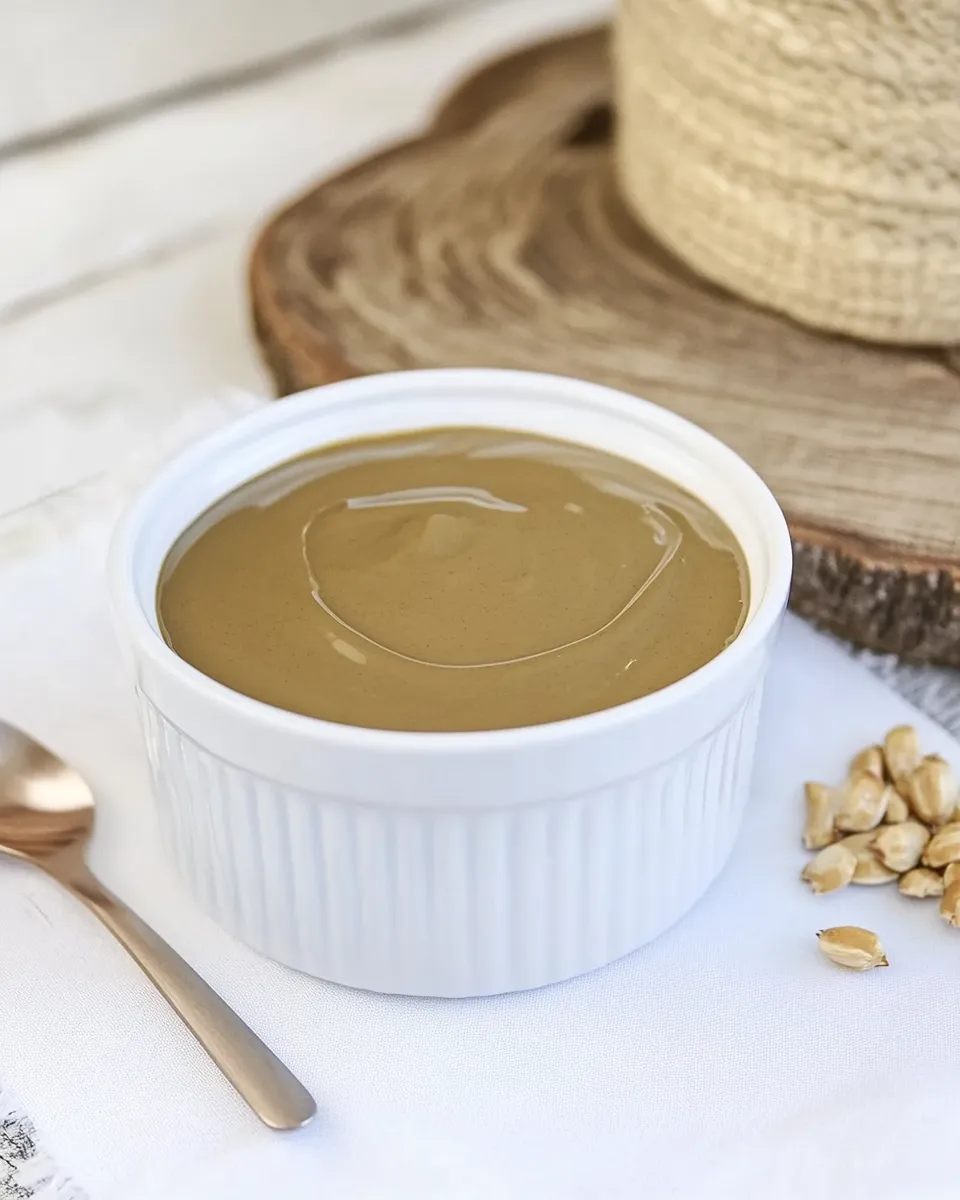
Step 1: Toast the Sunflower Seeds (Optional)
Preheat your oven to 350°F (175°C). Spread the sunflower seeds evenly on a baking sheet. Toast them for about 10-12 minutes, stirring halfway through. This step is optional but adds a lovely roasted flavor to your sunflower butter. Allow the seeds to cool completely before processing.
Step 2: Blend the Seeds
Add the cooled (or raw, if skipping toasting) sunflower seeds to your food processor. Pulse a few times to break them down, then process continuously for about 3-5 minutes. You will notice the seeds go from crumbly to a thick paste. Be patient—this is the crucial stage where the oils release and the butter forms.
Step 3: Add Oil & Sweetener
While the processor is running, drizzle in 5 teaspoons of high-oleic sunflower oil. Continue processing, adding more oil a teaspoon at a time until your sunflower butter reaches the desired creamy consistency. Then, add honey (or your preferred sweetener) and sea salt. Blend until everything is fully combined and smooth.
Step 4: Taste and Adjust
Give your sunflower butter a taste. If you want it sweeter, add a little more honey or maple syrup. If it needs more salt, add a pinch. If the texture is too thick, add a bit more oil. Process again to incorporate any adjustments.
Step 5: Store and Enjoy
Transfer your homemade sunflower butter to a clean glass jar or airtight container. It can be stored at room temperature for a short time, but refrigeration will extend its shelf life and keep it fresh longer.
Budget & Availability Swaps
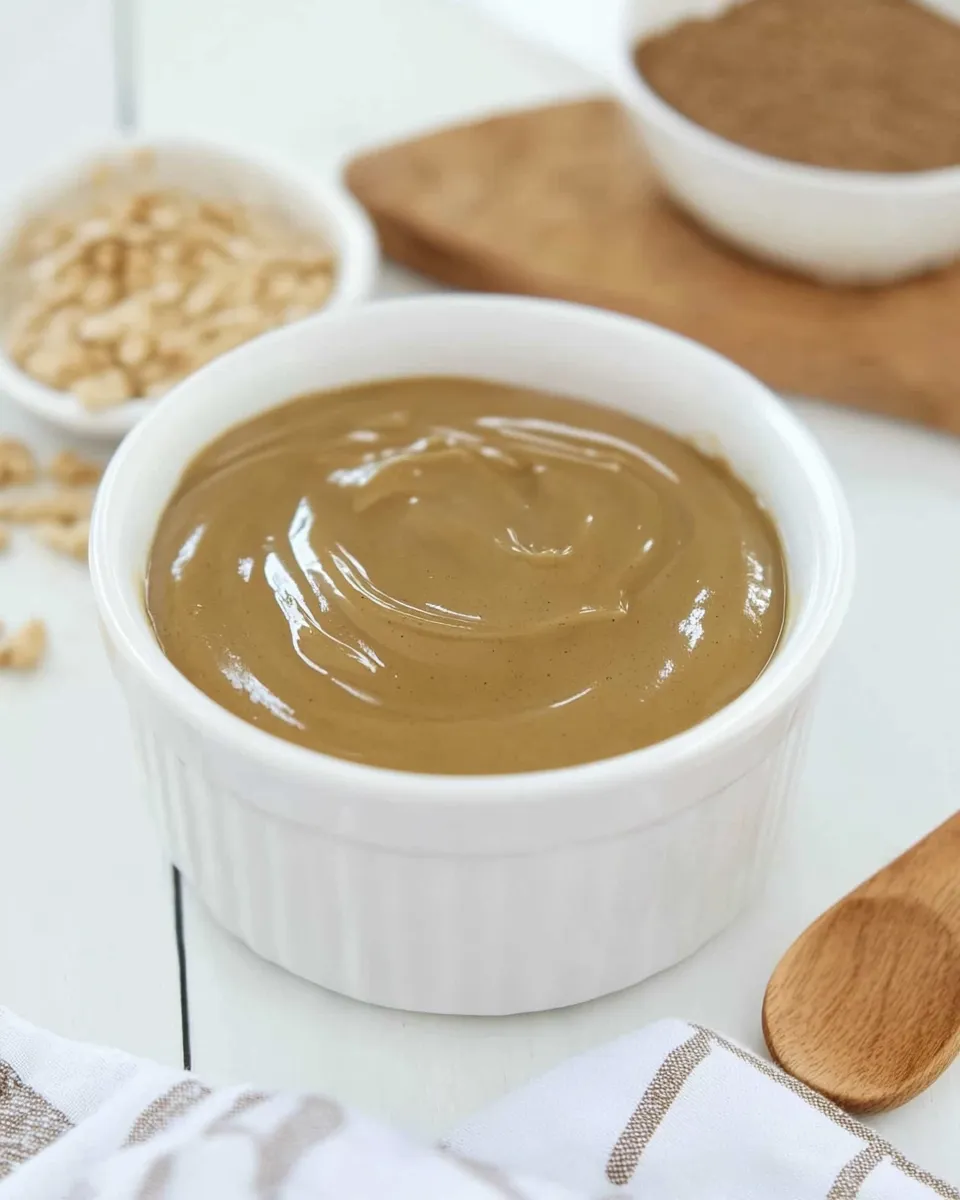
- Sunflower seeds: If raw unsalted sunflower seeds are hard to find or pricey, roasted unsalted sunflower seeds are a great substitute and often more readily available.
- High-oleic sunflower oil: Avocado oil is a fantastic alternative, providing a mild, buttery flavor and similar healthy fats.
- Sweeteners: Maple syrup and agave nectar both work well if honey isn’t your preference or if you want a plant-based option.
- Salt: Regular table salt can be used if sea salt isn’t on hand, but sea salt adds a nice subtle complexity.
Avoid These Traps
- Don’t rush the blending process: Making sunflower butter requires patience. The seeds will go through crumbly and pasty stages before becoming smooth and creamy. Stop blending too early, and you’ll end up with gritty sunflower seed meal rather than buttery spread.
- Be cautious with oil amounts: Adding too much oil at once can make the butter too runny. Add it gradually to control texture.
- Avoid using roasted salted seeds: These will make your sunflower butter too salty and won’t allow you to control the flavor balance.
- Don’t skip cooling toasted seeds: If you toast the seeds, ensure they’ve cooled completely before blending to prevent overheating your food processor and to preserve flavor.
How to Store & Reheat
Store your sunflower butter in an airtight container in the refrigerator. It will keep well for up to 3 weeks. The cooler temperature helps maintain freshness and prevents oils from going rancid.
If the sunflower butter hardens in the fridge, simply let it sit at room temperature for 15-20 minutes before spreading. You can also microwave a small amount in a microwave-safe bowl for 10-15 seconds to soften it, stirring well before use.
Your Questions, Answered
Can I use roasted sunflower seeds instead of raw?
Yes! Roasted unsalted sunflower seeds can be used and will give your sunflower butter a deeper, nuttier flavor. Just be sure they are unsalted to control the salt level in your recipe.
What if I don’t have high-oleic sunflower oil?
Avocado oil is an excellent substitute because it has a mild flavor and similar healthy fats. Alternatively, light olive oil works too, but it may add a slightly different taste to your butter.
Is this recipe suitable for vegans?
Absolutely. Simply swap the honey with maple syrup or agave nectar to make this sunflower butter completely plant-based without sacrificing sweetness or flavor.
How long does homemade sunflower butter last?
When stored properly in the fridge, homemade sunflower butter can last up to 3 weeks. Always check for any off smells or changes in texture before using.
Try These Next
- Creamy Peanut Butter – Classic and simple, perfect if you want to explore nut butters.
- Cashew Butter – Smooth and rich, a great nutty alternative for your spreads.
- Homemade Almond Butter – Slightly sweet and full of flavor, perfect for baking and snacking.
- Homemade Hazelnut Butter – Indulgent and deeply flavorful, ideal for desserts and breakfasts.
The Takeaway
Making your own sunflower butter is easier than you think and yields a fresh, flavorful, and versatile spread. With just a handful of ingredients, you can enjoy a creamy, nut-free butter that’s perfect for sandwiches, baking, or simply dipping your favorite fruits and veggies. The ability to customize sweetness and texture makes this sunflower butter a pantry staple you’ll love to keep on hand. So grab your seeds and food processor, and start blending your way to homemade goodness today!
Sunflower butter is a delicious way to enjoy the natural goodness of sunflower seeds in a creamy, smooth form. Its rich flavor, simple ingredient list, and easy preparation make it a standout choice in the world of homemade spreads. Give this recipe a try, and you might just find your new favorite butter!
Share on Pinterest
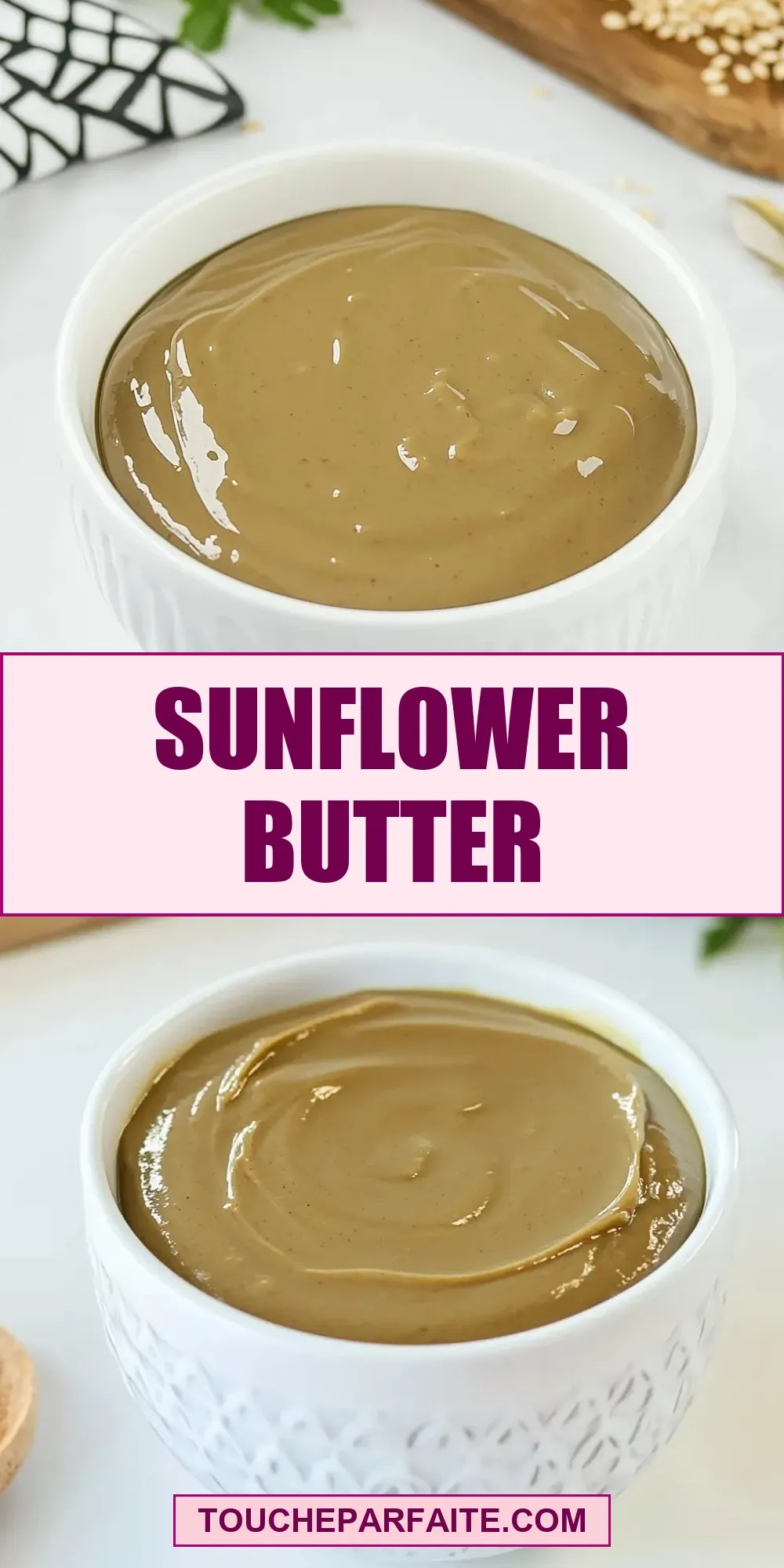
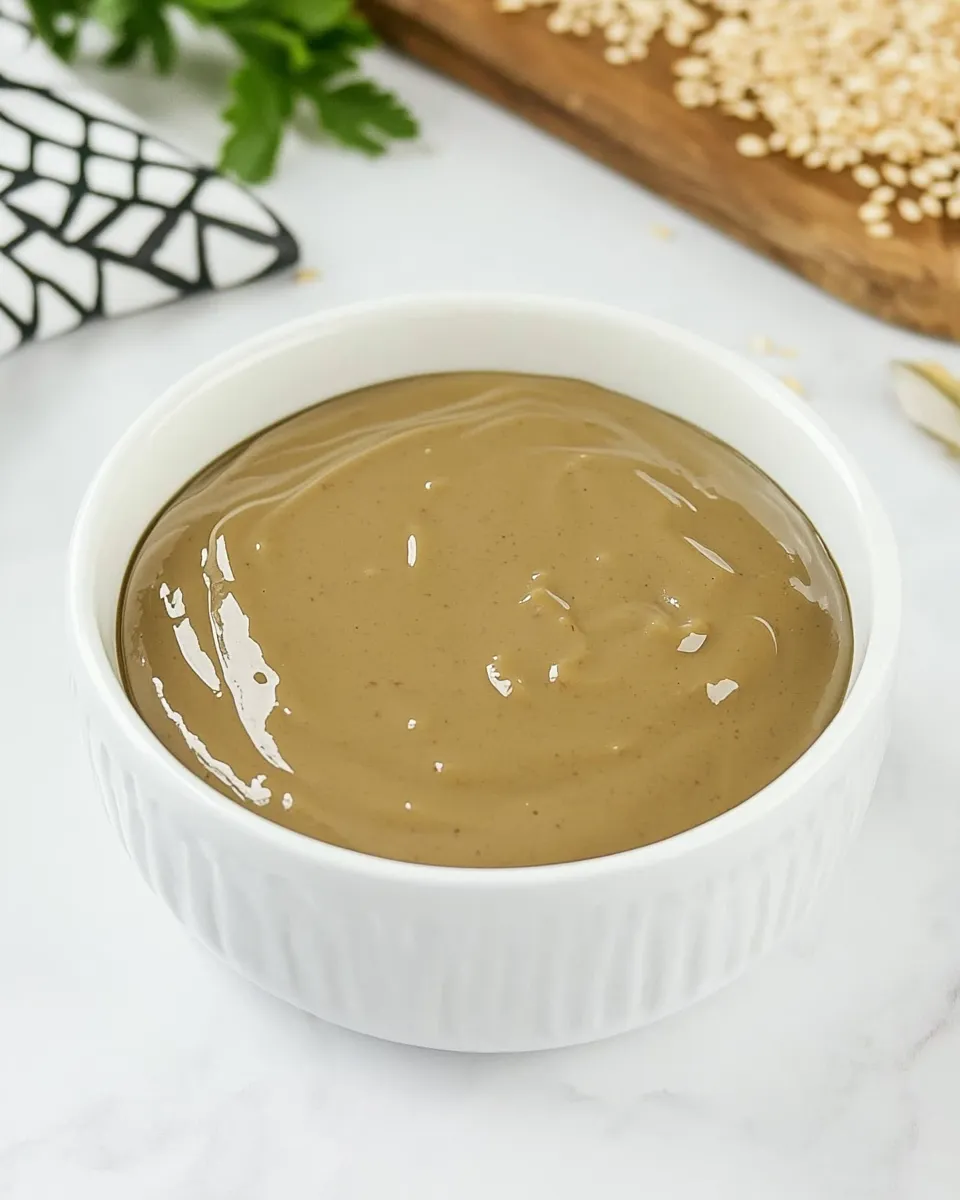
Sunflower Butter
Ingredients
Equipment
Method
- Preheat your oven to 350°F (175°C). Spread the sunflower seeds evenly on a baking sheet. Toast them for about 10-12 minutes, stirring halfway through. Allow the seeds to cool completely before processing. (Optional)
- Add the cooled (or raw, if skipping toasting) sunflower seeds to your food processor. Pulse a few times to break them down, then process continuously for about 3-5 minutes until the seeds form a thick paste.
- While the processor is running, drizzle in 5 teaspoons of high-oleic sunflower oil, adding more a teaspoon at a time until the desired creamy consistency is reached. Then add honey and sea salt, blending until smooth.
- Taste the sunflower butter and adjust sweetness, salt, or texture by adding more honey, salt, or oil as needed. Process again to combine.
- Transfer the sunflower butter to a clean glass jar or airtight container. Store at room temperature for short term or refrigerate to extend shelf life.
Notes
- Toast seeds for a deeper flavor but ensure they cool before processing to avoid overheating your food processor.
- Add oil gradually to control the texture and avoid making the butter too runny.
- Swap honey for maple syrup or agave nectar to make it vegan-friendly.
- Store sunflower butter in the refrigerator for up to 3 weeks to keep it fresh.
- If hardened in the fridge, let it sit at room temperature or microwave briefly before use.


